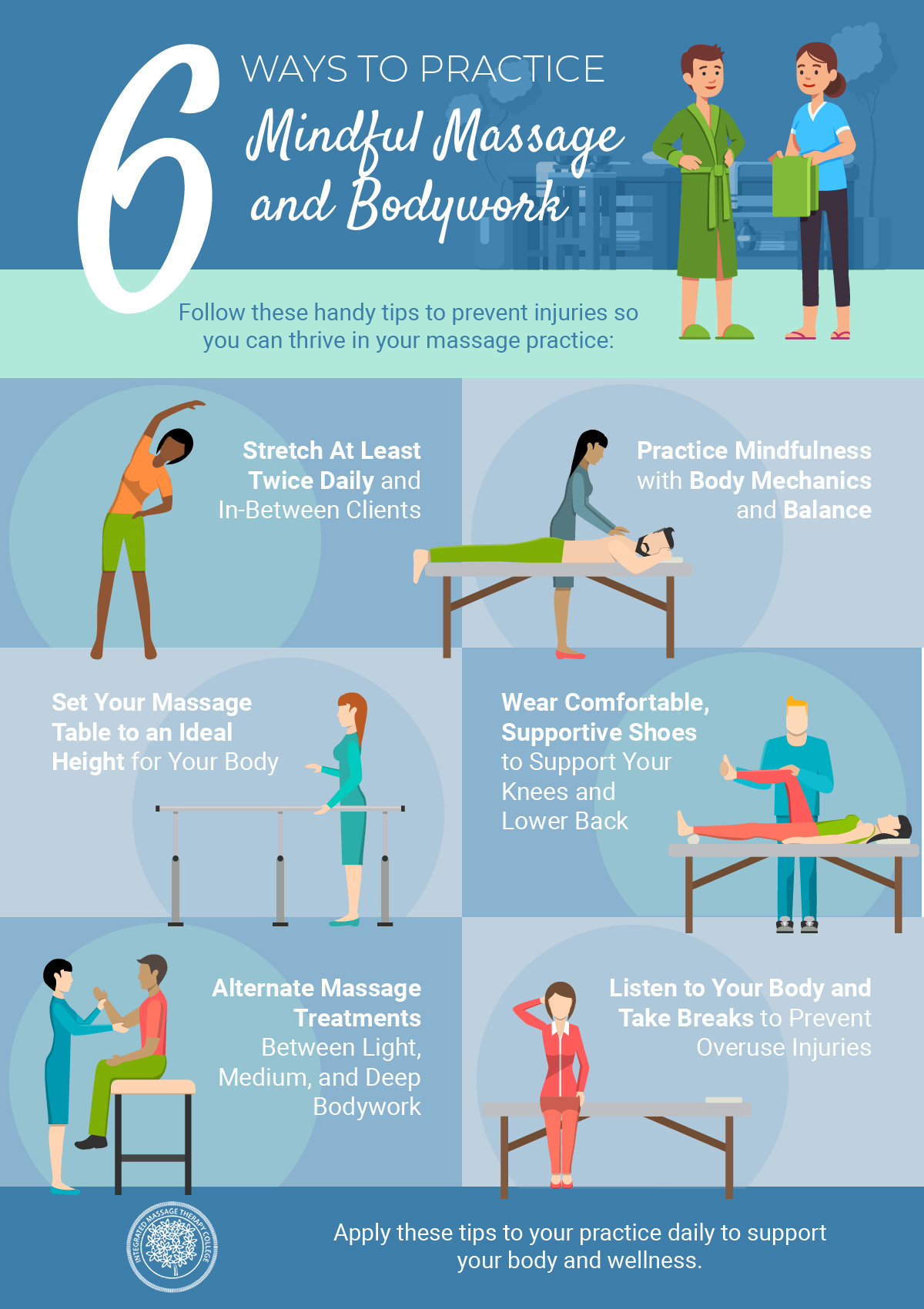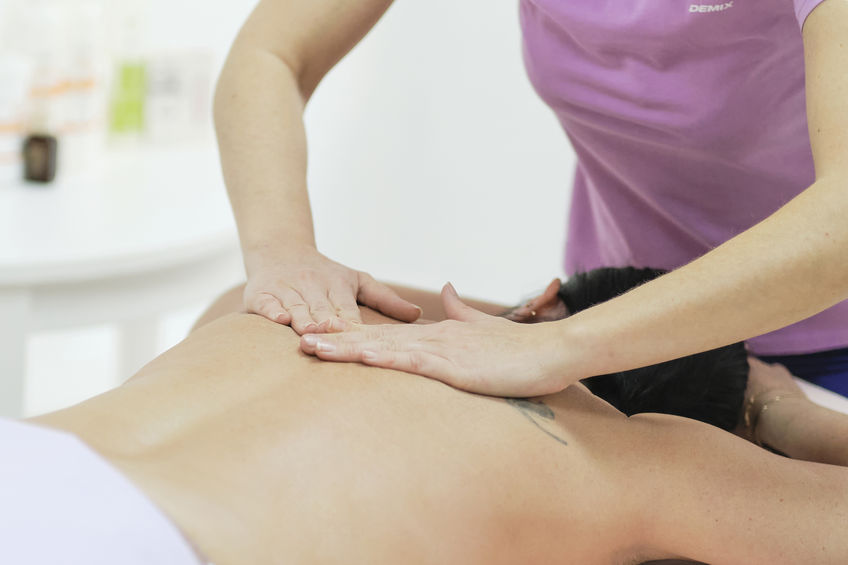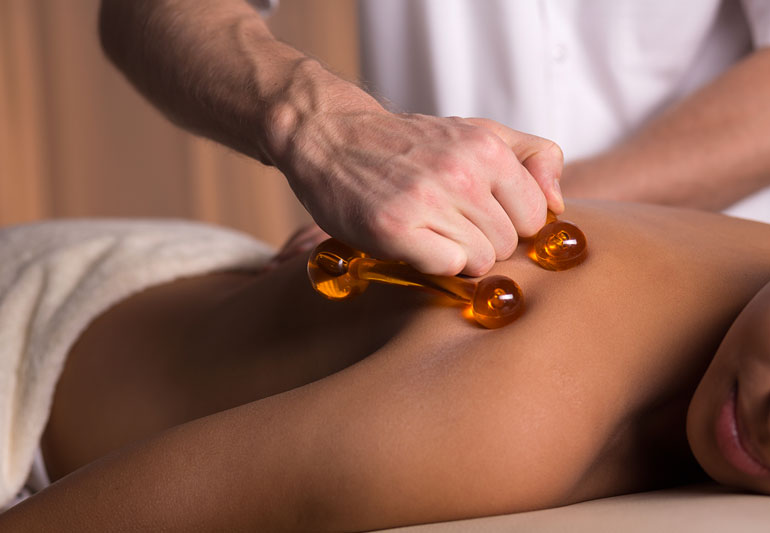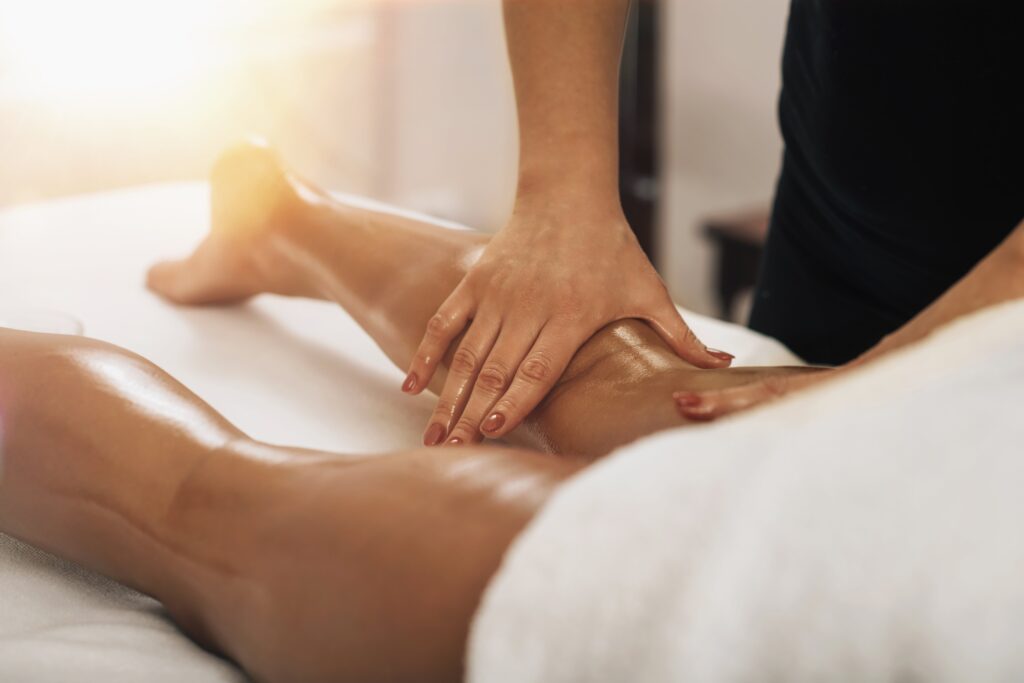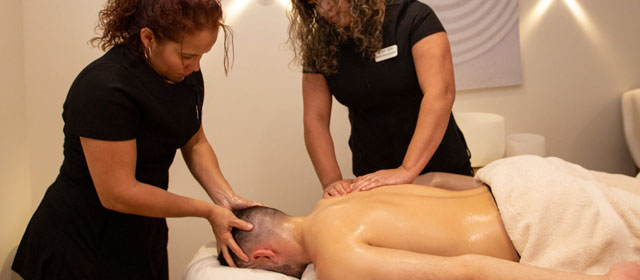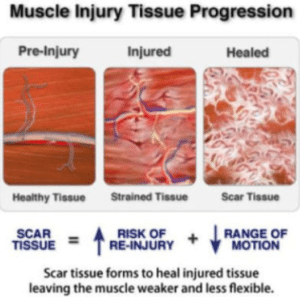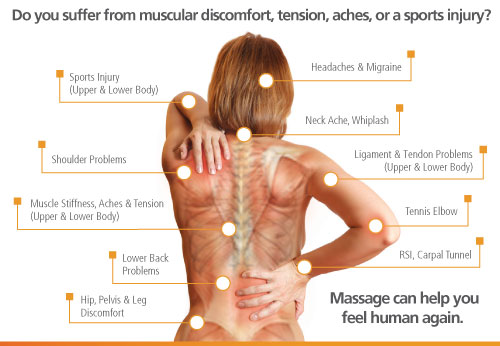Have you ever wondered if you should shave before getting a massage? It’s a common question that many people have, and today we’re going to dive in and give you the lowdown. As a massage blog run by therapists and enthusiasts, we’re here to help you out and share some insights. So, let’s get started!
When it comes to shaving before a massage, the answer really depends on personal preference. Some people feel more comfortable and relaxed with smooth skin, while others don’t mind having a bit of stubble. It’s important to remember that massage therapists are professionals and have seen it all, so they won’t be bothered by a little hair.
However, if you decide to shave, it’s recommended to do it at least a few hours before your massage to avoid any irritation or razor burn. This way, your skin will have some time to recover and feel smooth and comfortable during your session. Ultimately, the choice is yours and what makes you feel most at ease.
In our upcoming article, we’ll be covering more tips and tricks to make the most out of your massage experience. From choosing the right massage oil to finding the perfect pressure, we’ve got you covered. So stay tuned and get ready to elevate your massage game! If you’ve ever booked a massage appointment, you may have wondered if you should shave beforehand. It’s a common question that many people have, especially if it’s their first time getting a massage. In this article, we will explore the potential benefits and disadvantages of shaving before a massage, as well as considerations for both men and women. We’ll also discuss alternative hair removal methods and offer some precautions and aftercare tips. Ultimately, the decision to shave before a massage depends on personal preferences, comfort, and communication with the massage therapist.
Potential Benefits of Shaving Before a Massage
Enhanced Sensation and Sensitivity
One potential benefit of shaving before a massage is enhanced sensation and sensitivity. When there is no hair in the way, the massage therapist’s touch can be felt more intensely. This increased sensitivity may lead to a more pleasurable and enjoyable experience during the massage.
Improved Glide and Efficiency for the Massage Therapist
Another potential benefit of shaving before a massage is improved glide and efficiency for the massage therapist. Without hair on the skin’s surface, the therapist’s hands can smoothly glide over the body, allowing for better access to the muscles and tissues. This can enhance the effectiveness of the massage and help the therapist target specific areas that may be causing discomfort or tension.
Potential Disadvantages of Shaving Before a Massage
Skin Irritation and Sensitivity
While shaving before a massage can offer some benefits, it’s important to consider the potential disadvantages as well. One disadvantage is the risk of skin irritation and sensitivity, especially for individuals with sensitive skin. Shaving can cause redness, inflammation, and even razor burn, which can be uncomfortable both during and after the massage.
Increased Risk of Infection or Ingrown Hairs
Another disadvantage of shaving before a massage is the increased risk of infection or ingrown hairs. Shaving can create micro-tears in the skin, which can serve as entry points for bacteria or other pathogens. Additionally, shaving can disrupt the natural hair growth cycle, leading to ingrown hairs, which can be painful and unsightly.

This image is property of www.champagneghost.com.
Considerations for Men
Facial Hair and Beard Trimming
For men, facial hair can be a consideration when deciding whether to shave before a massage. If you have a beard or facial hair, it may be more comfortable to have the massage therapist work around it rather than shaving it off completely. However, if you prefer a cleaner feel or want to enhance sensation during the massage, you can trim your facial hair to a shorter length.
Chest and Back Hair Removal
When it comes to chest and back hair, the decision to shave or not before a massage is entirely personal. Some men may choose to remove their chest or back hair to feel more comfortable and improve the massage experience. Others may choose to leave their hair as is. It’s important to communicate your preferences with the massage therapist to ensure they can provide the best care based on your individual needs.
Considerations for Women
Leg and Arm Hair Removal
Women may consider removing leg and arm hair before a massage. Similar to men’s chest and back hair, this decision is personal and varies from individual to individual. Some women may feel more comfortable with hair-free legs and arms during a massage, while others may not mind the presence of hair. It’s essential to choose the option that aligns with your personal comfort and preferences.
Bikini Area and Brazilian Waxing
When it comes to the bikini area, some women may prefer to have it waxed or shaved before a massage. Again, this is a personal choice, and it’s entirely up to you and your level of comfort. If you choose to remove hair from the bikini area, it is recommended to schedule your waxing or shaving appointment a day or two before the massage to allow any redness or irritation to subside.
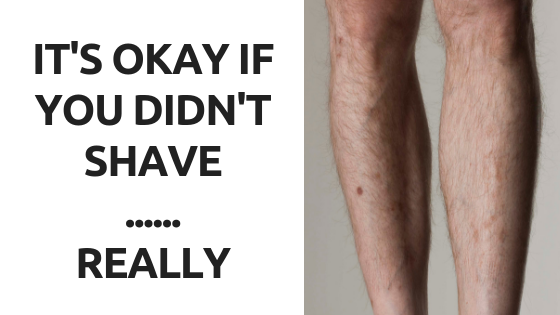
This image is property of images.squarespace-cdn.com.
Personal Preferences
When deciding whether to shave before a massage, your personal preference should be the primary factor. It’s important to feel comfortable and relaxed during the massage, and if shaving is part of that for you, then it may be worth considering. However, if you prefer to keep your hair as is, that is completely valid as well. Ultimately, the massage should be a positive experience that aligns with your preferences.
Massage Therapist’s Recommendations
Consulting with your massage therapist is another crucial aspect when considering whether to shave before a massage. Massage therapists are professionals who can provide valuable insights and recommendations based on their expertise. They can guide you on the best course of action, taking into account your individual needs and preferences. If you have any concerns or questions, do not hesitate to discuss them with your massage therapist before the session.
This image is property of i.vimeocdn.com.
Communication with the Massage Therapist
When scheduling your massage appointment, it’s important to communicate your hair removal preferences to the massage therapist. They can then adapt their technique or use different types of lubricants or oils based on your preferred level of hair removal. Openly discussing your preferences will ensure that both you and the massage therapist are on the same page and can provide the best possible treatment.
Seeking Professional Advice
If you are unsure about whether to shave before a massage or have any concerns about hair removal, seeking professional advice can be beneficial. Dermatologists or licensed estheticians can offer guidance on the best hair removal methods for your specific skin type and needs. They can also provide you with aftercare instructions to prevent any potential skin issues.
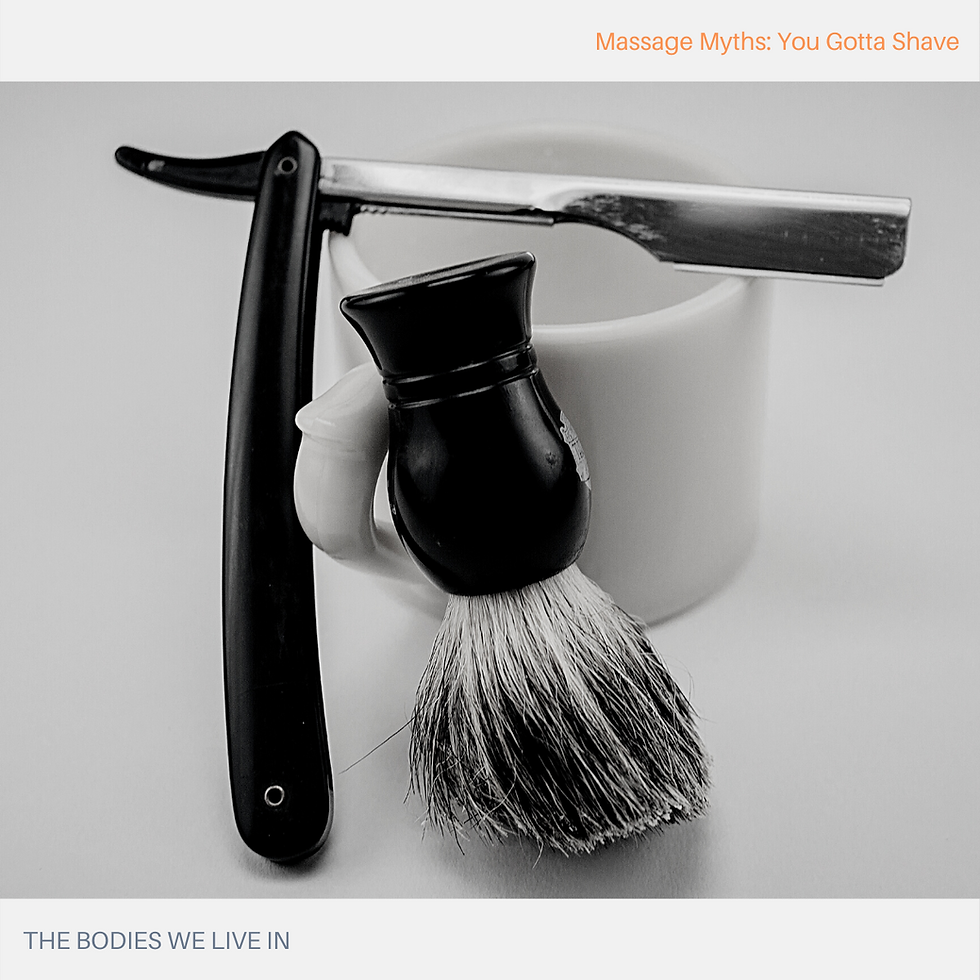
This image is property of static.wixstatic.com.
Alternative Hair Removal Methods
If you decide not to shave before a massage or prefer a less invasive option, there are alternative hair removal methods you can consider.
Epilation
Epilation is a method of hair removal that involves removing hair from the root using an epilator device. This method provides longer-lasting results compared to shaving, as it removes the entire hair follicle. However, it can be more painful and may cause temporary redness or irritation.
Depilation
Depilation refers to hair removal methods that target the hair shaft instead of the root. This includes options like hair removal creams or lotions. Depilation can be a quick and painless alternative to shaving, but it’s important to follow the instructions carefully to prevent skin irritation or allergic reactions.
Hair Trimming
If you prefer not to remove your hair completely, you can opt for hair trimming instead. Using scissors or an electric trimmer, you can easily trim your hair to a shorter length, reducing its visibility without completely removing it. This method requires minimal time and effort and can be a good compromise for individuals who want a less invasive option.
Precautions and Aftercare
Regardless of whether you choose to shave or not before a massage, there are some precautions and aftercare tips to keep in mind.
Proper Skin Care after Hair Removal
If you do decide to remove hair before a massage, it’s essential to take proper care of your skin afterward. This includes moisturizing the area to prevent dryness, applying a gentle and non-irritating lotion or oil to soothe the skin, and avoiding any harsh chemicals or abrasive scrubs that could further irritate the freshly shaved or waxed skin.
Avoiding Sun Exposure
After hair removal, it is recommended to avoid excessive sun exposure, as the skin may be more sensitive and prone to sunburn. If you plan to spend time outdoors, make sure to apply sunscreen with a high SPF and wear protective clothing.

This image is property of foryourmassageneeds.com.
Conclusion
Should you shave before a massage? Ultimately, the decision is yours to make. Shaving before a massage can have potential benefits such as enhanced sensation and improved glide for the massage therapist. However, there are also potential drawbacks, including skin irritation and an increased risk of infection or ingrown hairs. It’s important to consider personal preferences, communicate with the massage therapist, and seek professional advice if needed. Remember, both shaved and unshaved individuals can still enjoy the benefits of a massage as long as proper hygiene and aftercare practices are followed. So, whether you choose to shave or not, sit back, relax, and enjoy the therapeutic benefits of a massage tailored to your needs.

